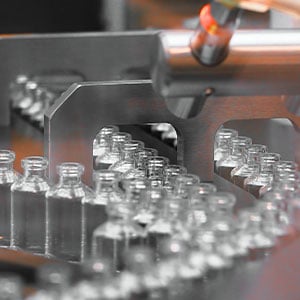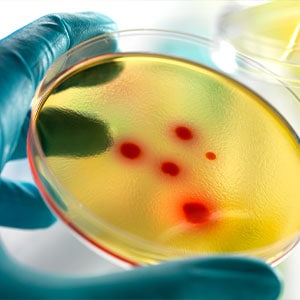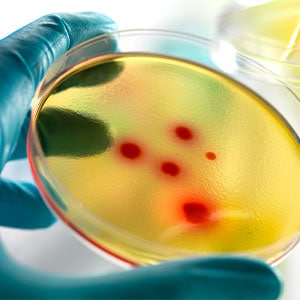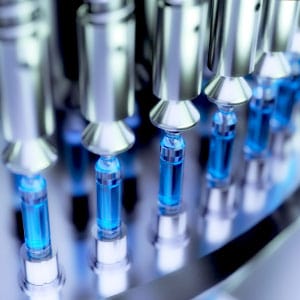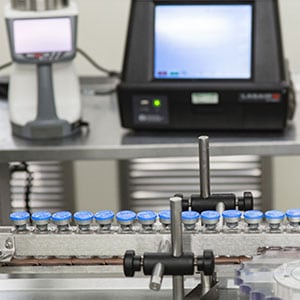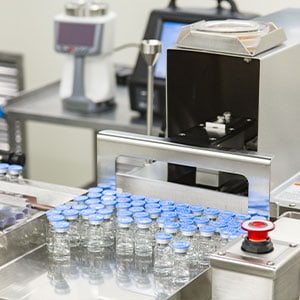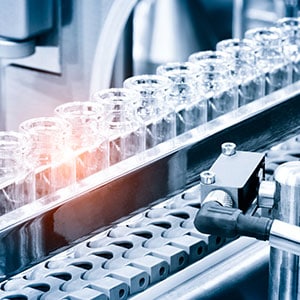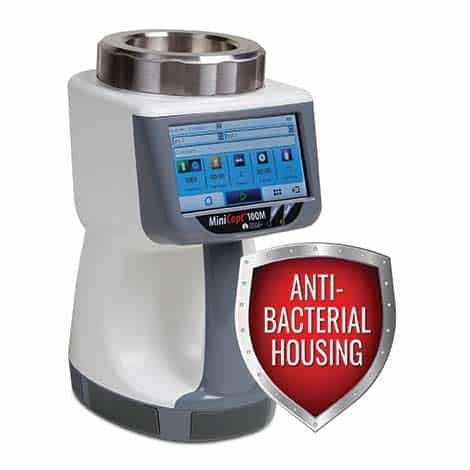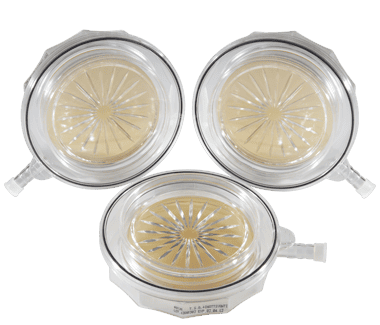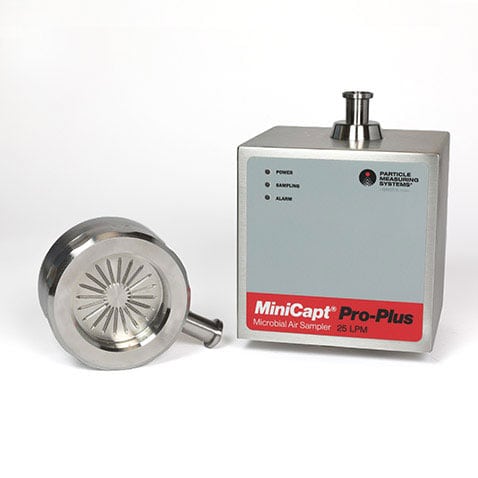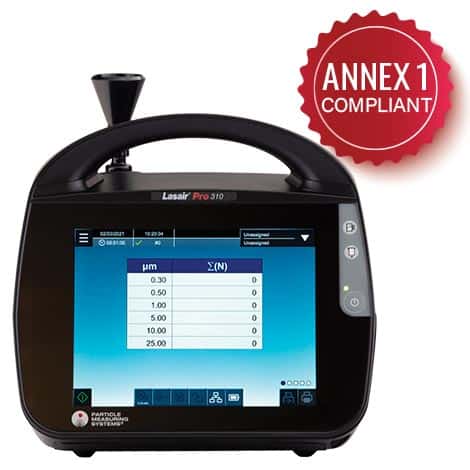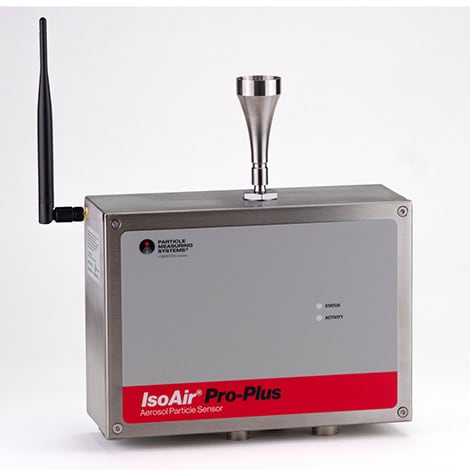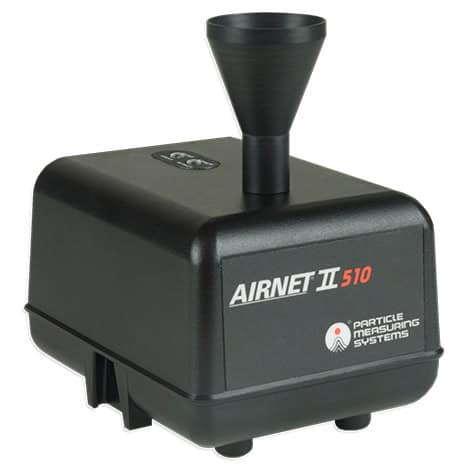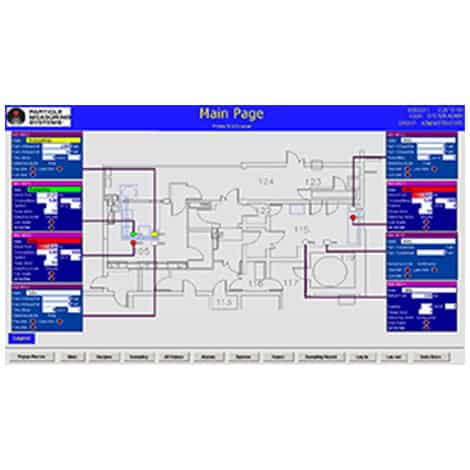Your Guide to EU GMP Annex 1 - 2022 Environmental Monitoring Regulations
Annex 1 Insights & Updates
The European Commission released its long-awaited Annex 1 regulation in August 2022. Our experts have reviewed this document carefully and have shared their insights with you.
In our first educational webinar since the release of Annex 1 2022, PMS has put two of our experts to the task of explaining the environmental monitoring requirements, providing practical solutions, and answering your questions about the finalized EU GMP Annex 1 regulation. If you missed the popular EU GMP Annex 1 webinar, watch it now on demand.
Read our latest Annex 1 Application Notes by clicking the title below:
Review of Annex 1: 2022
Annex 1 2022 vs. Annex 1 2008: A side-by-side comparison
Validation and Qualification Approach Outlined in Latest Annex 1 Revision
We have many more Annex 1 educational resources
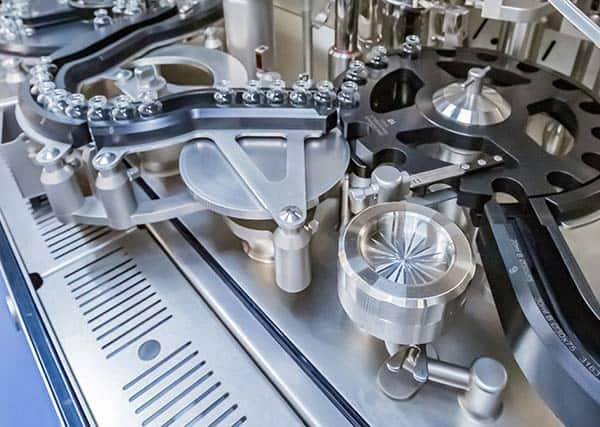
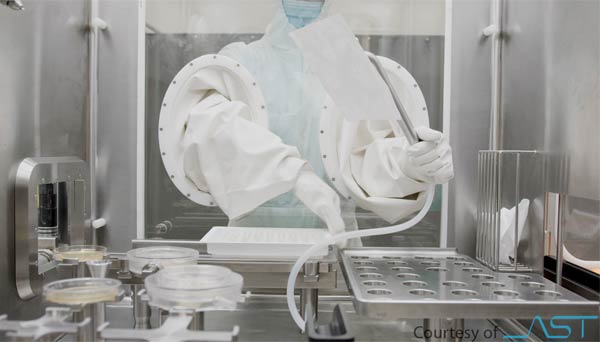
Below are more videos from the experts at Particle Measuring Systems covering Annex 1:
- Update: Continuous Viable Monitoring
- Alternative Micro Methods and Rapid Microbial
- Single-Use Considerations and a Solution
- Cleaning & Disinfection: What you need to know
- Classification – Qualification – Monitoring
- Quality Risk Management (QRM)
- Using a Risk Assessment to set microbiological plate incubation conditions
- Microbiological Plate Incubation
- Data Trending-Alert/Action Level Settings
Scroll down for even more of our Annex 1 compliant viable nonviable instruments and data management solutions.
Review of Annex 1 2022: Environmental Monitoring Changes
In a recent webinar, Mark Hallworth, Sr. GMP Scientist at Particle Measuring Systems, presented updates on Annex 1, highlighting significant changes in environmental monitoring practices. The revised document emphasizes a clear distinction between certification and operational process monitoring, with a strong focus on contamination control strategies and quality risk management. While the core principles of environmental monitoring remain largely unchanged, enhanced descriptions and new tables clarify the monitoring processes and risk assessments. The importance of routine checks, particularly in critical areas, is underscored, along with the need for timely responses to any contamination alerts. Overall, the updates aim to improve the effectiveness of environmental monitoring in maintaining product quality.
